It’s worth mentioning that version 18.6 of DaVinci Resolve owns the TensorRT acceleration capability, which allows an elevation of AI performance by 50%. It’s relevant only for NVIDIA GPUs (not Mac computers). Read more about it below.
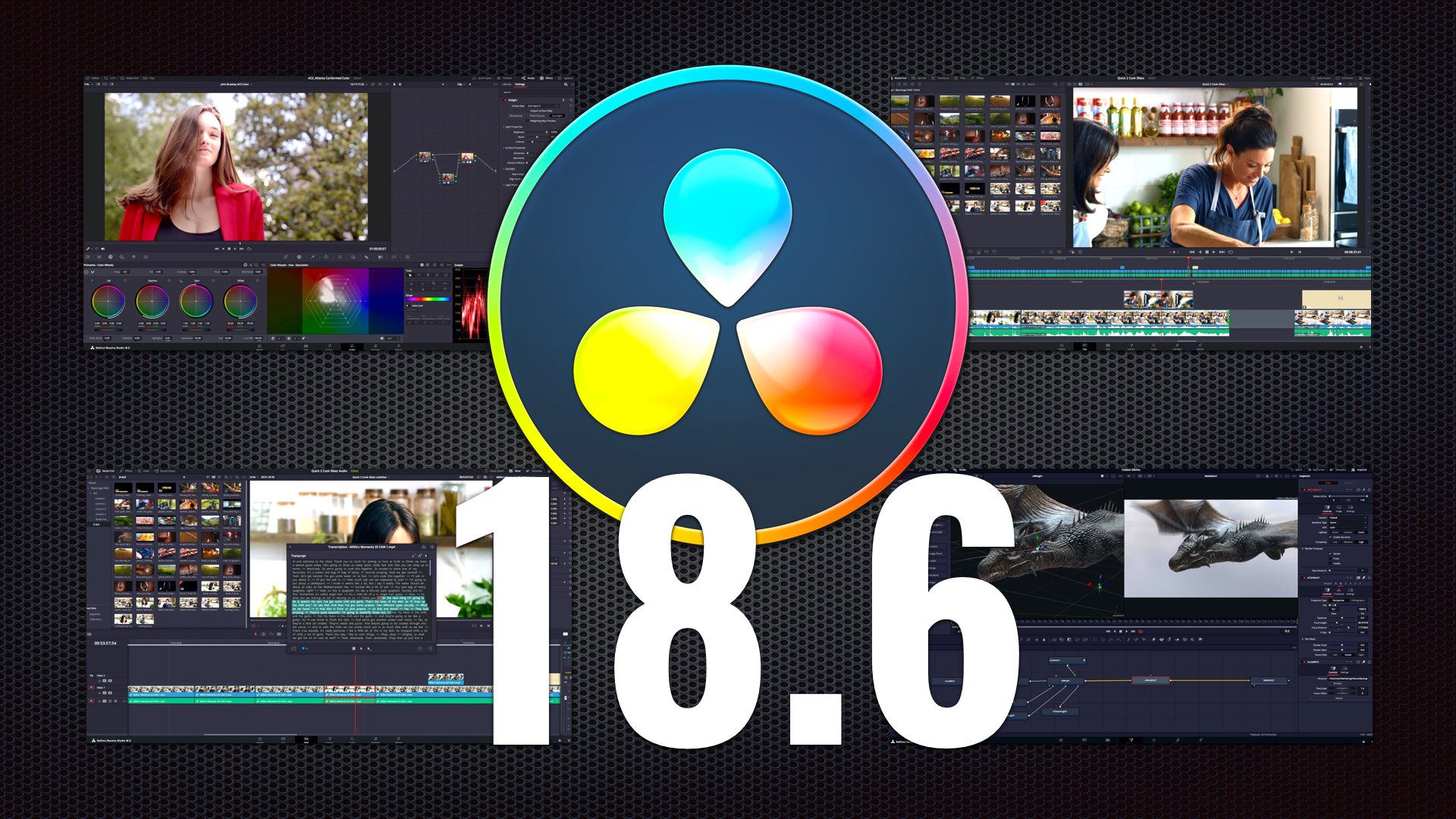
NVIDIA TensorRT
TensorRT is a library developed by NVIDIA for faster inference on NVIDIA graphics processing units (GPUs). It allows you to fully leverage your NVIDIA GPU resources. TensorRT is built on CUDA, NVIDIA’s parallel programming model. It can give around 4 to 5 times faster inference on many real-time services and embedded applications. As per the documentation, It does give 40 times faster inference as compared to CPU-only performance. TensorRT is designed to process multiple input streams in parallel. This is basically Nvidia’s CUDA stream. Hence, RTX computers can leverage the TensorRT platform in complex AI missions. According to NVIDIA, this added acceleration dramatically increases performance. AI effects now run on GeForce RTS 4090 GPU up to 2.3X faster than on M2 Ultra Macs. DaVinci Resolve 18.6 and beyond, support this advantage on its AI effects.
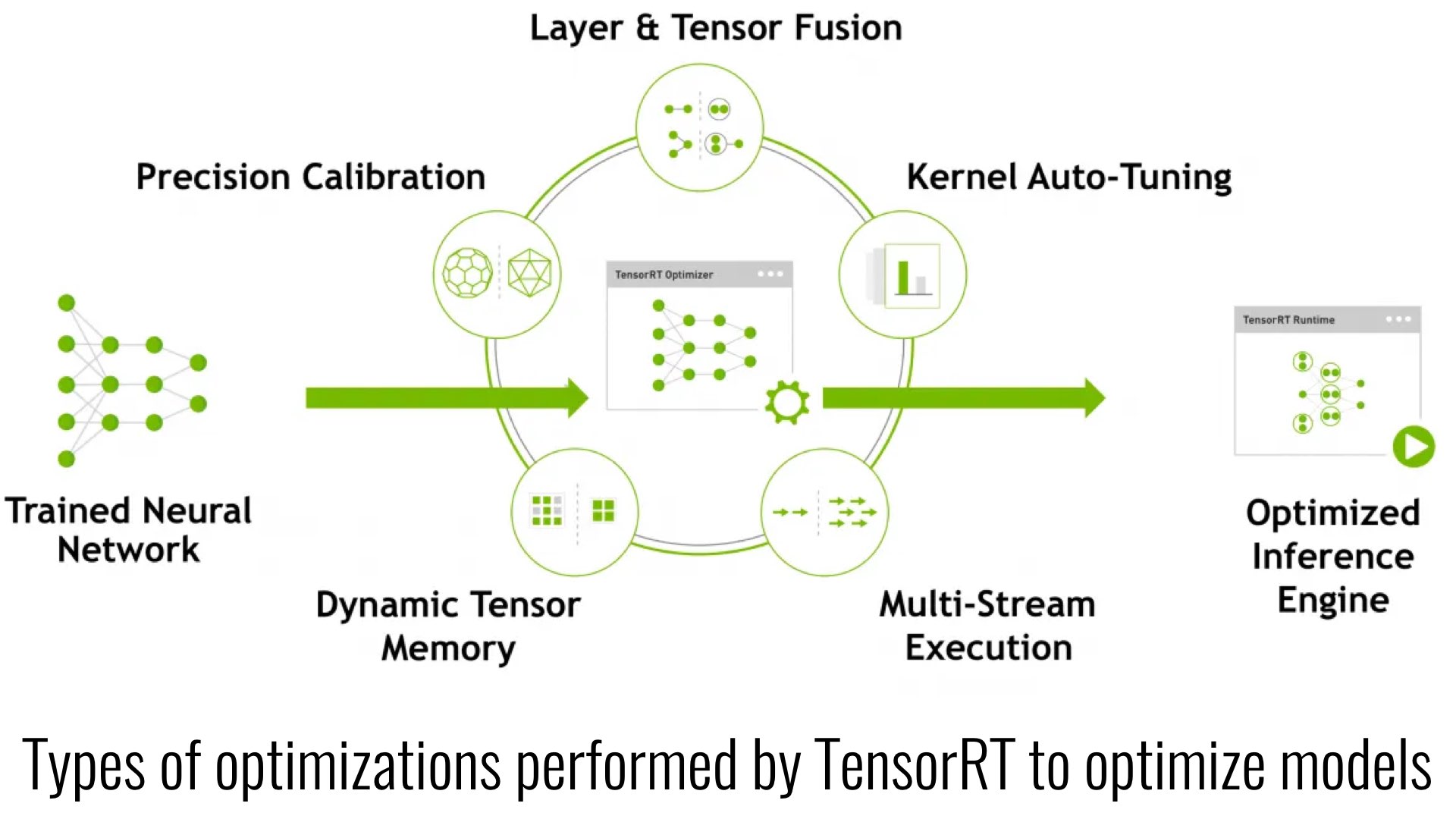
DaVinci Resolve and TensorRT
As stated by Blackmagic Design: “NVIDIA GPUs with TensorRT support can now be optimized to run with higher performance on the GPU. Supported systems will prompt application start-up to run a pre-analysis stage for various DaVinci Neural Engine-powered tools. This stage can take several minutes and can be skipped or canceled. There is also a DaVinci Resolve system preference to disable this performance optimization”. Basically, it means that Blackmagic Design has adopted NVIDIA TensorRT technology in update 18.6. Check out the slide below demonstrated by NVIDIA:

Only on AI missions and effects on Resolve 18.6
These are the effects that can be accelerated by 50% with the combination of Resolve 18.6 and TensorRT: AI tools like Magic Mask, Speed Wrap, and Super Scale. Furthermore, TensorRT can improve the performance of more effects that are based on AI. However, we haven’t tested it yet. Nevertheless, as stated by Puget Systems (this is the only test we found) “We ended up testing 15 different Neural Engine features (or variants thereof), giving us a good look at how performance improved across a wide range of tasks. The first thing we want to point out is that Blackmagic’s claims of ‘Up to 2x faster Neural Engine performance with Nvidia TensorRT’ and ‘Up to 4x faster Neural Engine performance on modern AMD GPUs’ are 100% valid and confirmed by our testing. In fact, we saw up to a 2.1x improvement for NVIDIA and a 4.5x improvement for AMD”. Explore their table below:
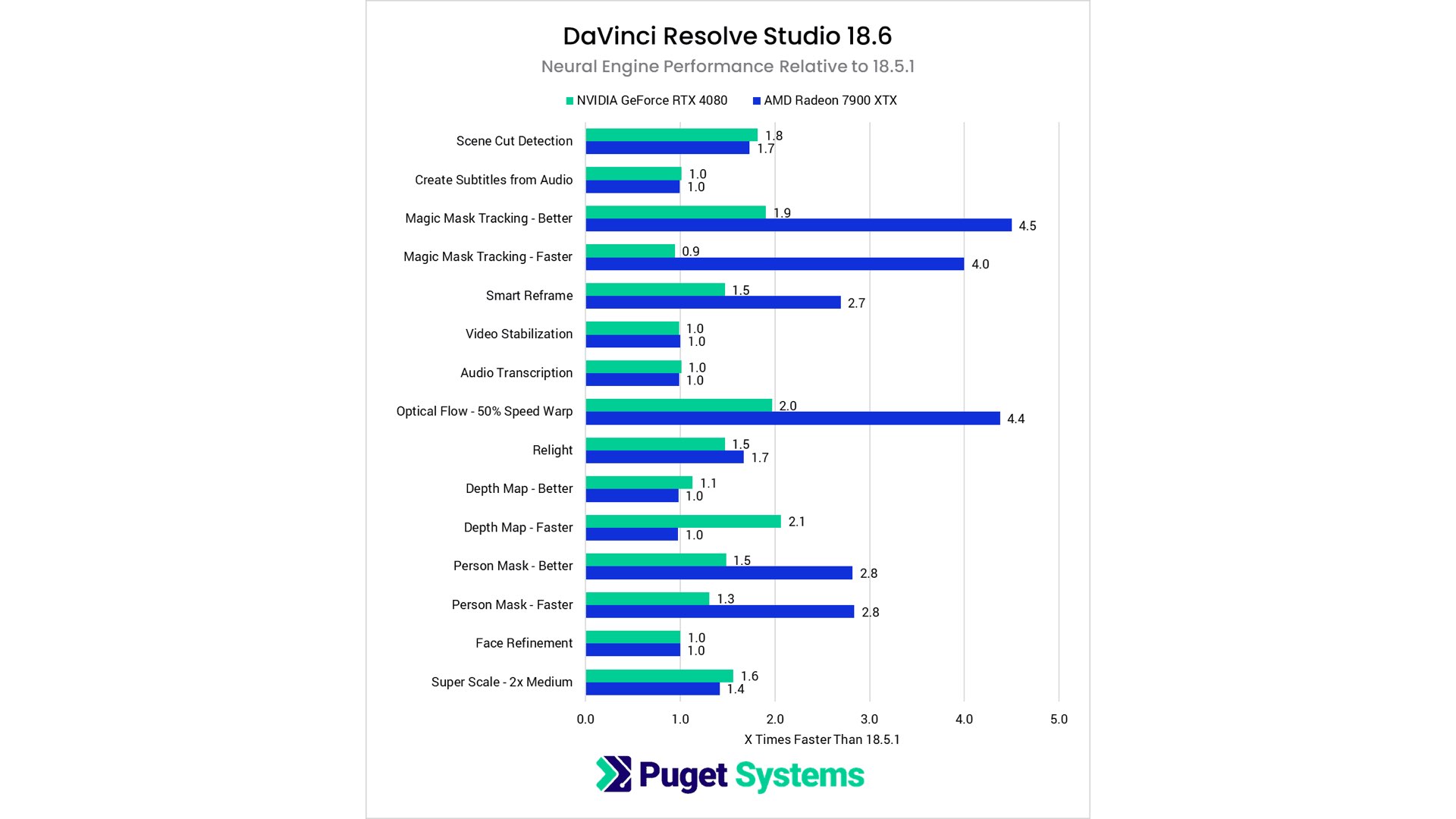

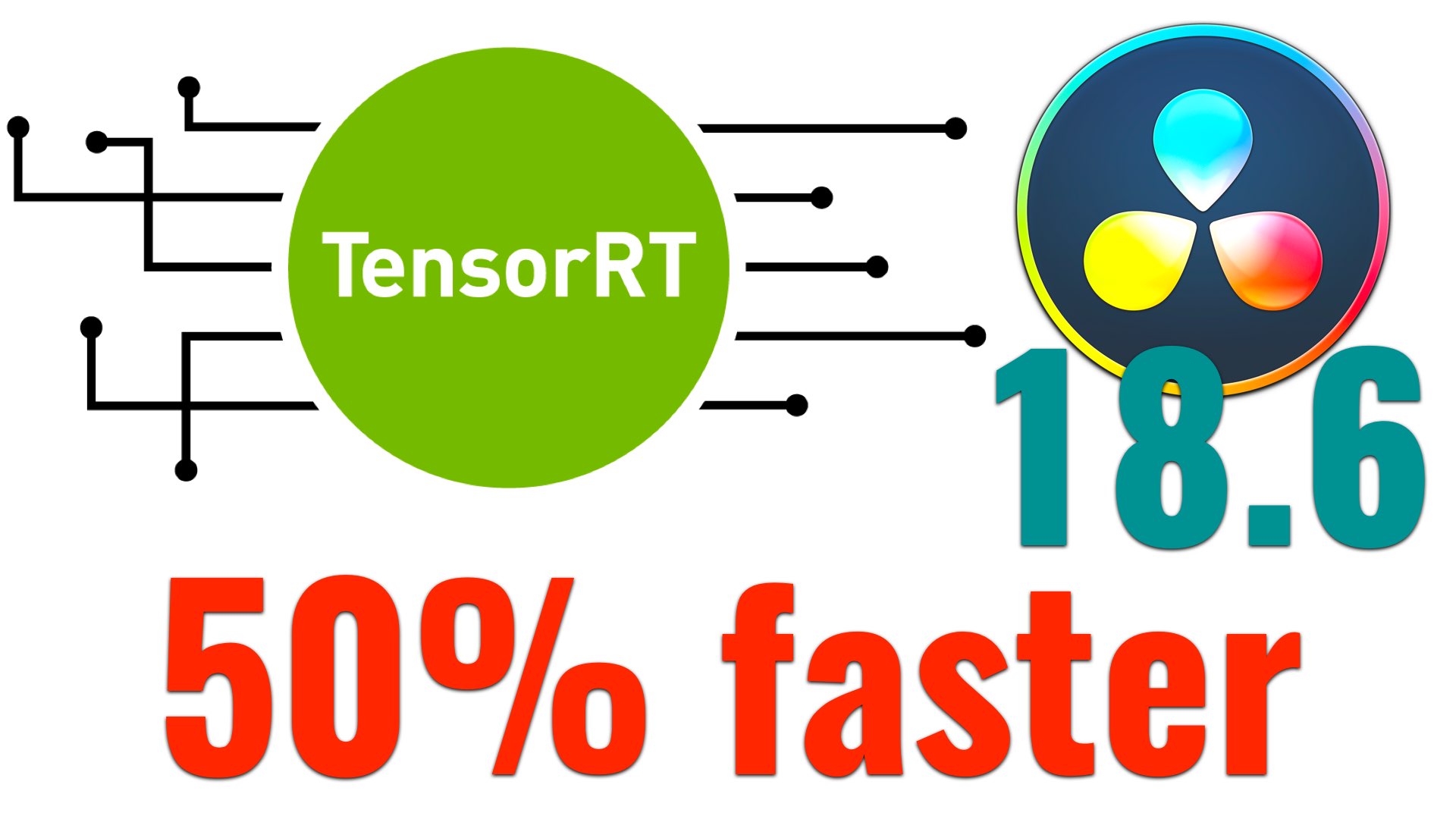

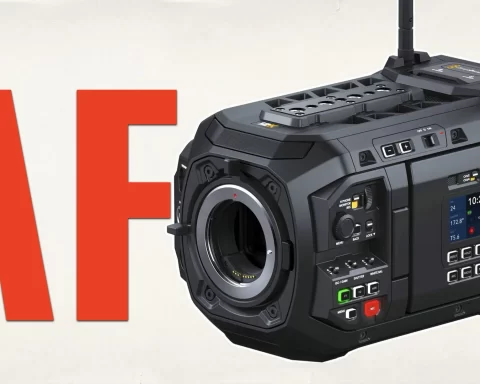


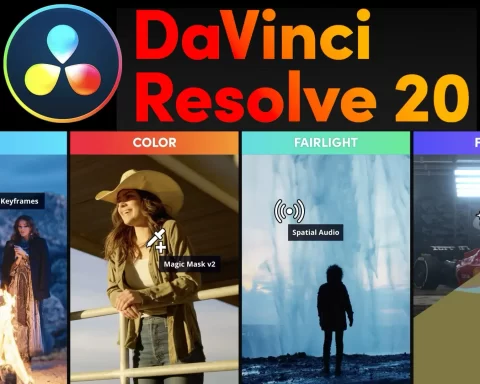
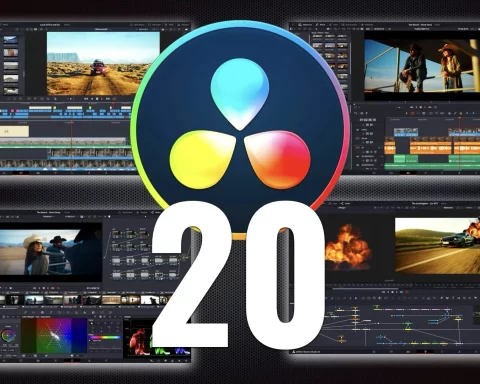

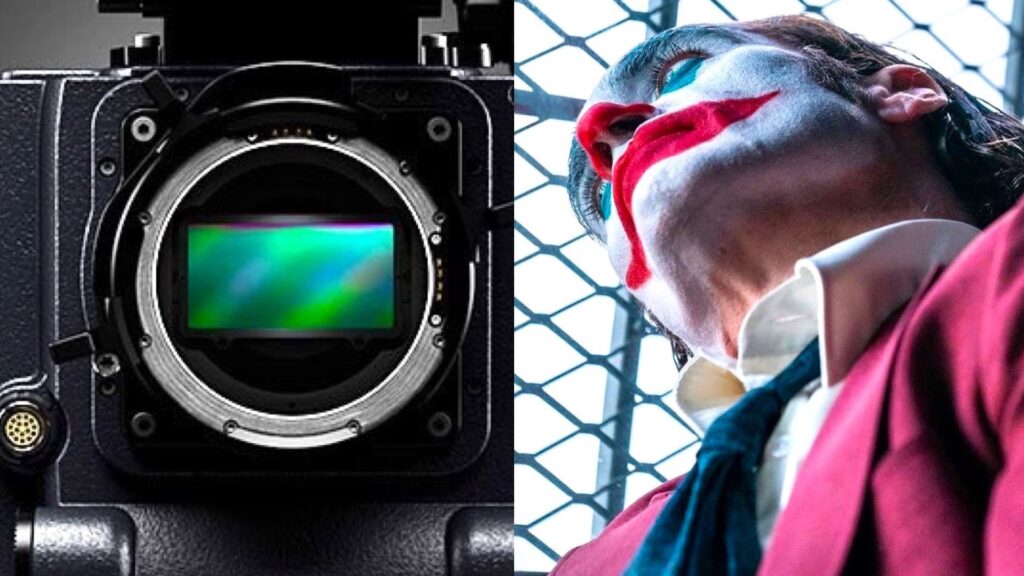
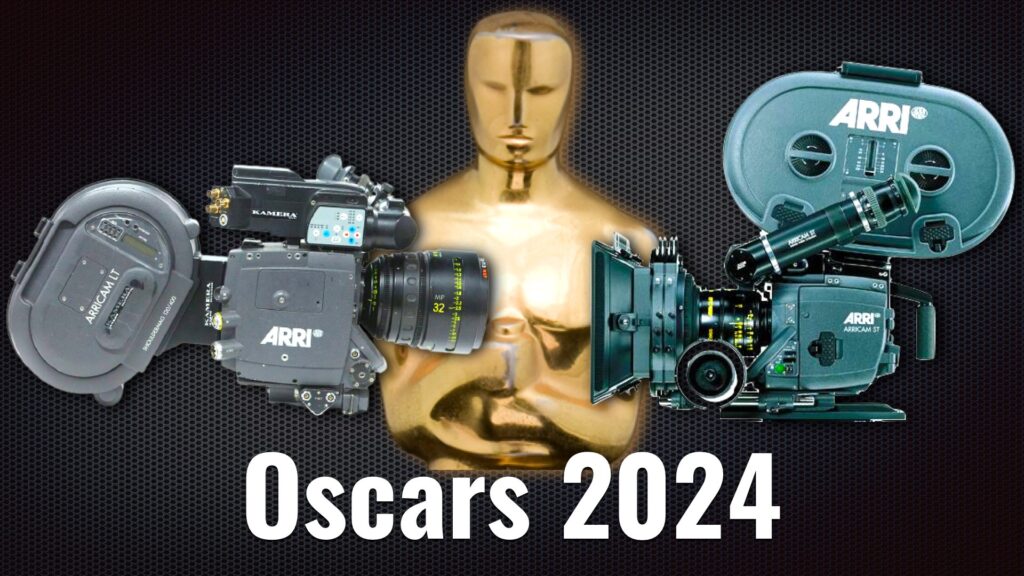






I can confirm that the performance increment on a RTX 4090 is just incredible, but also on older GPUs like the 2070 Super and the 3080 the gain is noticable.
As a photoshop user I find divinvi resolve needs colorimeter control points in which you can color correct by the lab cymk rgb hsl numbers instead of damnable waveforms. In any colorspace. This is the only reason I refuse to download it.